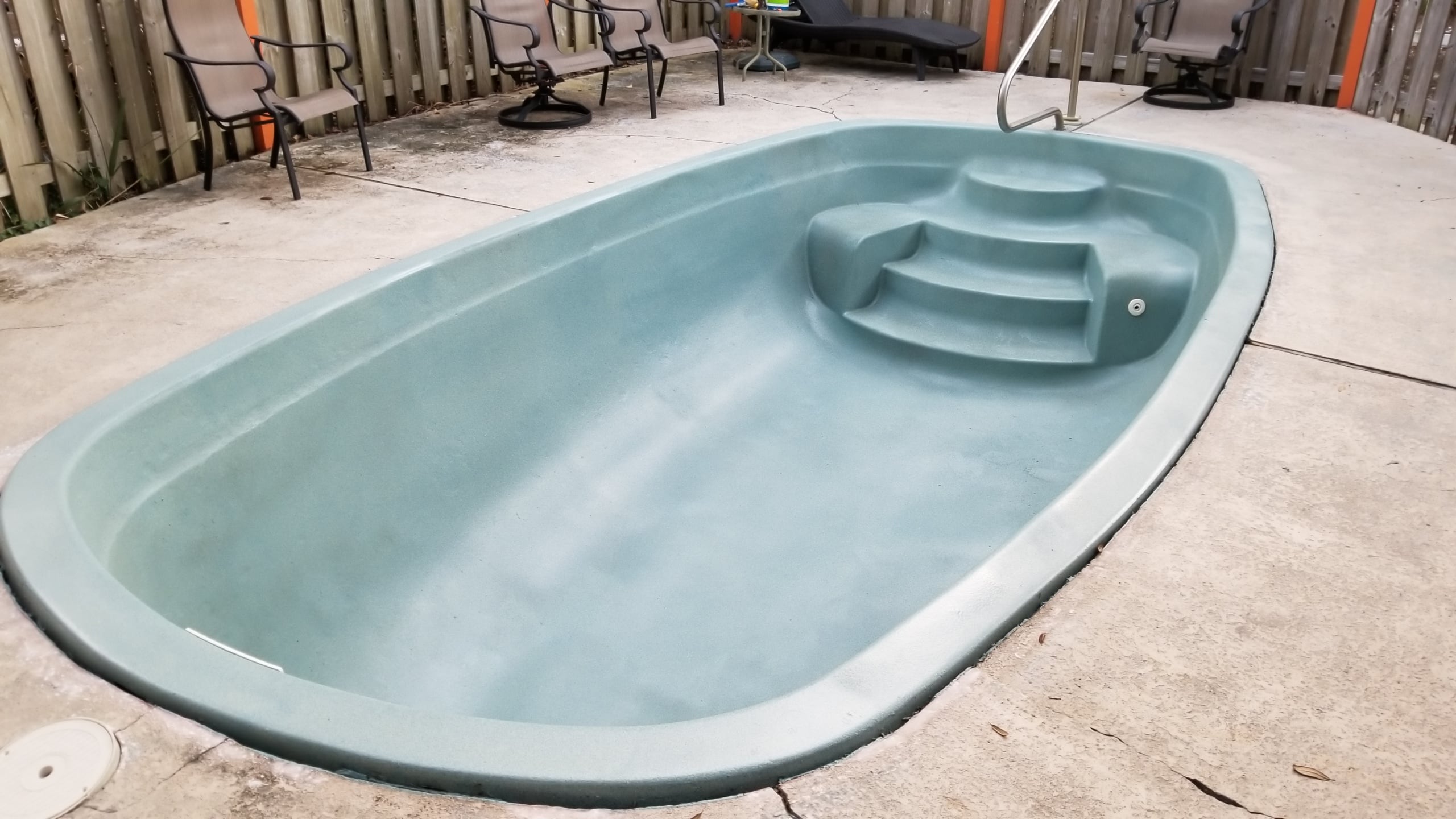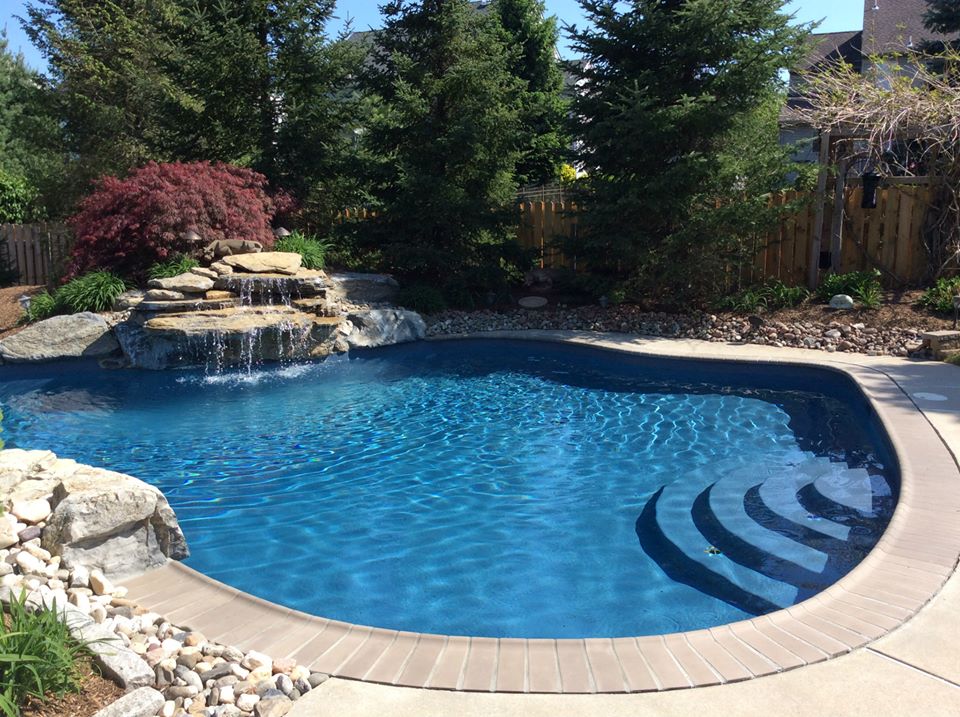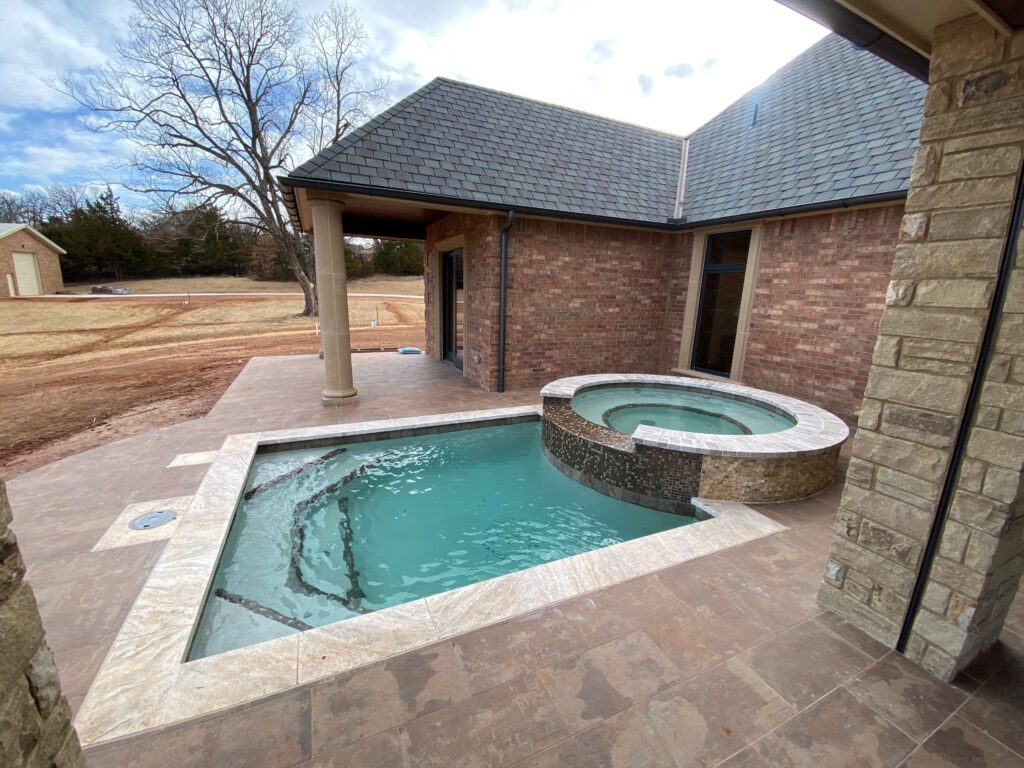How to Get Your Pool Ready for the Winter

Preparing your pool for the winter is essential to ensure its longevity and keep it in optimal condition. Proper winterization and maintenance are crucial steps to protect your pool from the harsh elements. By following these steps, you can ensure that your pool stays in top shape during the colder months.
Balance the Water Chemistry
Before closing your pool for the winter, it’s crucial to balance the water chemistry. This ensures that the pool remains in optimal condition during the off-season. Here are some key steps to take when adjusting the water chemistry:
- Check the alkalinity levels: Maintaining the appropriate alkalinity level, typically between 80-120 ppm, helps stabilize the pH and prevents any drastic fluctuations.
- Adjust the pH levels: The ideal pH range for pools is between 7.2-7.8. Use pH increasers or decreasers to bring the levels within this range.
- Monitor calcium hardness: Calcium hardness refers to the amount of dissolved calcium in the water. Aim for a range of 200-400 ppm to prevent damage to the pool surfaces.
In addition to these steps, it is recommended to shock the pool with a winter pool shock treatment. This helps eliminate any organic contaminants and bacteria that may be present in the water. Furthermore, adding a winter pool algaecide will provide an extra layer of protection against algae growth during the colder months.
Benefits of Balanced Water Chemistry
Maintaining balanced water chemistry in your pool offers several benefits. It helps prevent the formation of scale and stains on pool surfaces, prolongs the lifespan of pool equipment, and ensures a comfortable swimming experience when the pool is reopened in the spring. Balanced water chemistry also reduces the risk of algae growth and other water-related issues, saving both time and money on maintenance and repairs.
| Chemical | Ideal Range | Purpose |
| Alkalinity | 80-120 ppm | Maintains pH stability |
| pH | 7.2-7.8 | Optimal comfort and chlorine efficiency |
| Calcium Hardness | 200-400 ppm | Prevents damage to pool surfaces |
By following these guidelines and regularly testing the water chemistry, you can ensure that your pool remains in excellent condition throughout the winter.
Clean the Pool
Before closing your pool for the winter, it’s crucial to give it a thorough cleaning. This ensures that the pool is free from debris and contaminants, maintaining its overall condition during the off-season. Follow these steps to clean your pool before winter:
1. Remove Debris
Start by removing any leaves, twigs, or other debris floating on the surface of the water. Use a pool skimmer or net to skim the pool’s surface and collect the debris. Dispose of the collected debris properly.
2. Skim and Vacuum
Once the surface debris is removed, it’s time to skim and vacuum the pool. Skim the pool again, focusing on any remaining debris or particles. Then, use a pool vacuum to clean the bottom of the pool, making sure to cover the entire surface area. Vacuuming eliminates any dirt, leaves, or algae that may have settled on the pool floor.
3. Clean and Maintain Pool Filter
The pool filter plays a crucial role in keeping the water clean and clear. Before closing your pool, it’s essential to clean and maintain the pool filter for optimal performance. Follow the manufacturer’s instructions to clean or backwash the filter. Additionally, ensure that the filter is free from any debris or buildup that could affect its efficiency.
4. Drain Pool Equipment
As part of the cleaning process, it’s important to drain any pool equipment, such as pumps, heaters, and hoses. This prevents any water from freezing and potentially damaging the equipment during the winter. Make sure to drain the equipment completely and store it in a dry and protected area until it’s time to reopen the pool.
By following these steps and ensuring a clean pool before winter, you can protect your pool from damage and make the reopening process easier when the warmer months return.

Lower the Level of the Water
In preparation for winter, it is important to lower the level of the water in your pool. This step is crucial to prevent potential damage caused by freezing temperatures. By draining the water to an appropriate level, you can protect the pool’s structure and minimize the risk of any freeze-related issues.
When lowering the water level, it is essential to strike the right balance. You want to drain enough water to prevent freezing, but also leave enough to protect the pool’s interior and ensure proper functionality when reopening it in the spring. A general rule of thumb is to lower the water level to below the skimmer level, typically around 4 to 6 inches below the skimmer opening.
Draining Pool Equipment
In addition to lowering the water level, it is also recommended to drain any pool equipment to prevent freezing and potential damage. This includes the pool’s plumbing lines, pumps, and filters. Ensuring that these components are free from water will help prevent any cracks or ruptures caused by ice expansion.
To drain the pool equipment, start by shutting off the pool pump and closing any valves. Then, open the drain plugs on the pump, filter, and heater to allow the water to flow out. It’s important to follow the manufacturer’s instructions for your specific equipment to ensure proper draining and prevent any complications during the winter season.
| Step | Action |
| 1 | Lower the water level below the skimmer opening. |
| 2 | Shut off the pool pump and close valves. |
| 3 | Open drain plugs on the pump, filter, and heater to allow water drainage. |
By properly lowering the water level and draining pool equipment, you can prevent freeze-related damage and ensure a smooth reopening when the warmer months arrive. Taking these steps as part of your winter pool maintenance routine will help prolong the lifespan of your pool and save you from costly repairs in the future.
Cover the Pool
The final step in preparing your pool for winter is to cover it with a suitable pool cover. A high-quality pool cover designed specifically for winter use is essential to protect your pool from debris, harsh weather conditions, and to maintain its overall condition during the off-season. Here are some key points to consider when choosing a winter pool cover:
- Waterproof: Ensure that the pool cover is waterproof to prevent rain, snow, and other moisture from entering the pool.
- Durable Material: Look for a cover made from durable material that can withstand the winter elements and resist tearing or fading.
- Tight Fit: Make sure the pool cover fits tightly over the pool to prevent leaves, dirt, and debris from getting in.
Investing in a high-quality pool cover will not only protect your pool but also save you time and effort in cleaning and maintenance when the warmer months return. Remember to properly secure the cover according to the manufacturer’s instructions to ensure maximum protection. Regularly inspect the cover throughout the winter to check for any damage or signs of wear and tear.

Additional Winter Pool Maintenance Tips
Preparing your pool for winter involves more than just balancing water chemistry, cleaning the pool, lowering the water level, and covering it with a suitable pool cover. To ensure your pool remains in top shape during the winter months, here are some additional maintenance tips to keep in mind:
Proper Pool Shutdown
Before winter sets in, it’s crucial to shut down your pool properly. This includes turning off the filtration system, disconnecting and storing any pool accessories, and winterizing the pool plumbing. Proper pool shutdown helps protect the pool and its equipment from potential damage caused by freezing temperatures.
Winter Pool Damage Prevention
Protecting your pool from winter damage is essential for its longevity and performance. One important tip is to regularly remove snow and ice buildup from the pool cover to prevent excessive weight that could cause damage. Additionally, it’s recommended to periodically check the pool cover for any tears or damage and repair or replace it as needed. Taking these preventive measures can help avoid costly repairs in the future.
Protecting Your Pool in Winter
Implementing measures to protect your pool from potential threats or damage caused by winter weather conditions is crucial. For instance, installing a pool heater can help maintain the water temperature, preventing freezing and potential damage. You can also use a pool skimmer guard to protect your skimmer from ice expansion. Additionally, consider using a pool cover pump to remove rainwater or melted snow from the pool cover to prevent excess weight and potential damage.
Conclusion
Even though your pool may not be in use during the winter months, it is still crucial to prioritize proper maintenance and care. Winter pool care plays a significant role in ensuring the pool’s water quality, equipment, and overall condition remain in optimal shape. By following a seasonal pool maintenance routine, you can rest assured that your pool will be ready for enjoyment when the warmer months return.
At ecoFINISH®, we provide products like residential and commercial pool resurfacing that will also keep your pool strong and sturdy. To learn more about how to keep your pool strong this winter, reach out to our team today!
